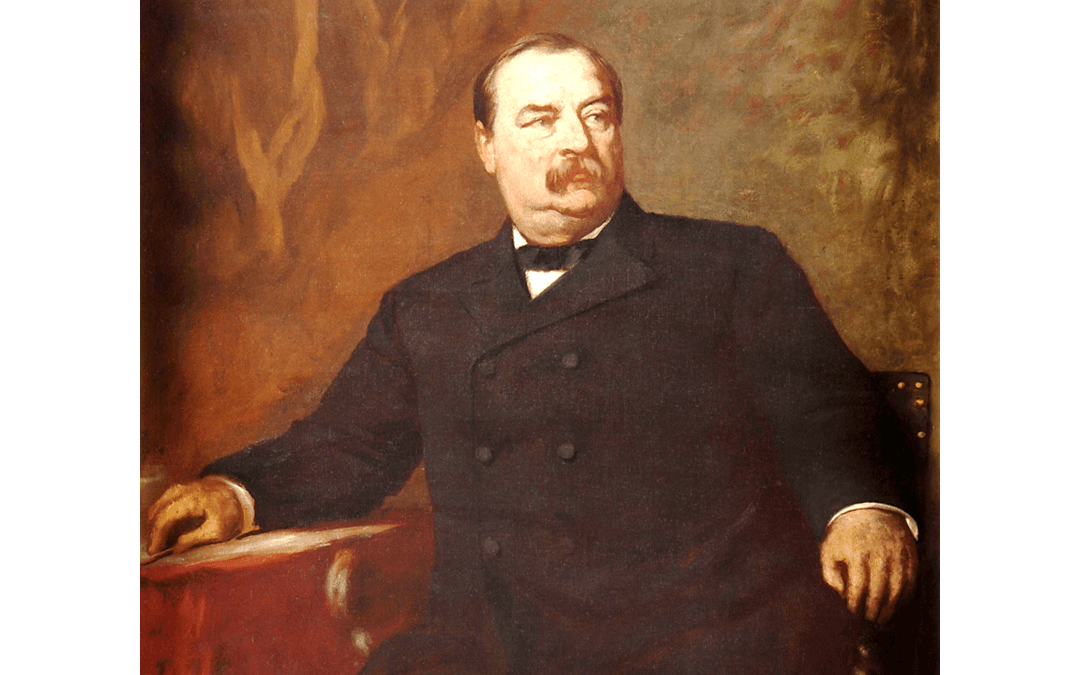Grover Cleveland often gets categorized as a president of trivial significance. Trivial as in trivia. He is known as the only president to serve two nonconsecutive terms, the only president to get married inside the White House, and a president who underwent a secret and potentially life-saving surgery on a yacht. He was also the first elected Democratic president of the post-Abraham Lincoln era.
Troy Senik, in his biography “A Man of Iron: The Turbulent Life and Improbable Presidency of Grover Cleveland,” breaks down the very unlikely political path of the Gilded Age president and how, oxymoronically, virtue led him to the White House—twice.






